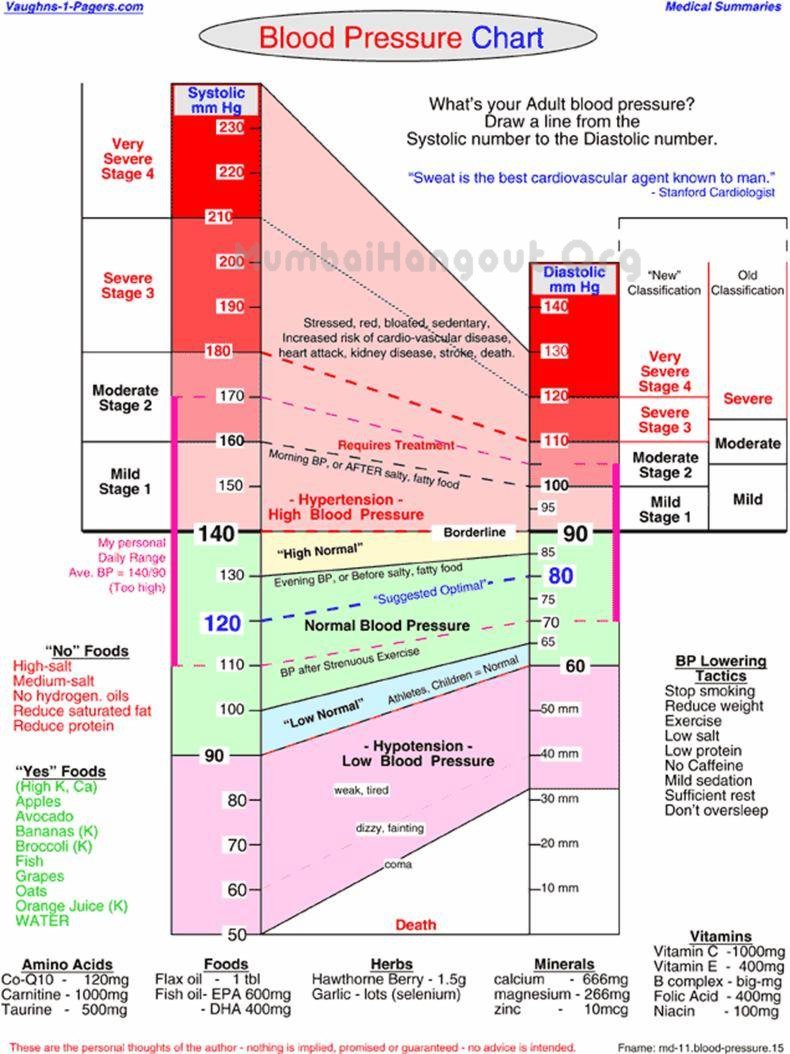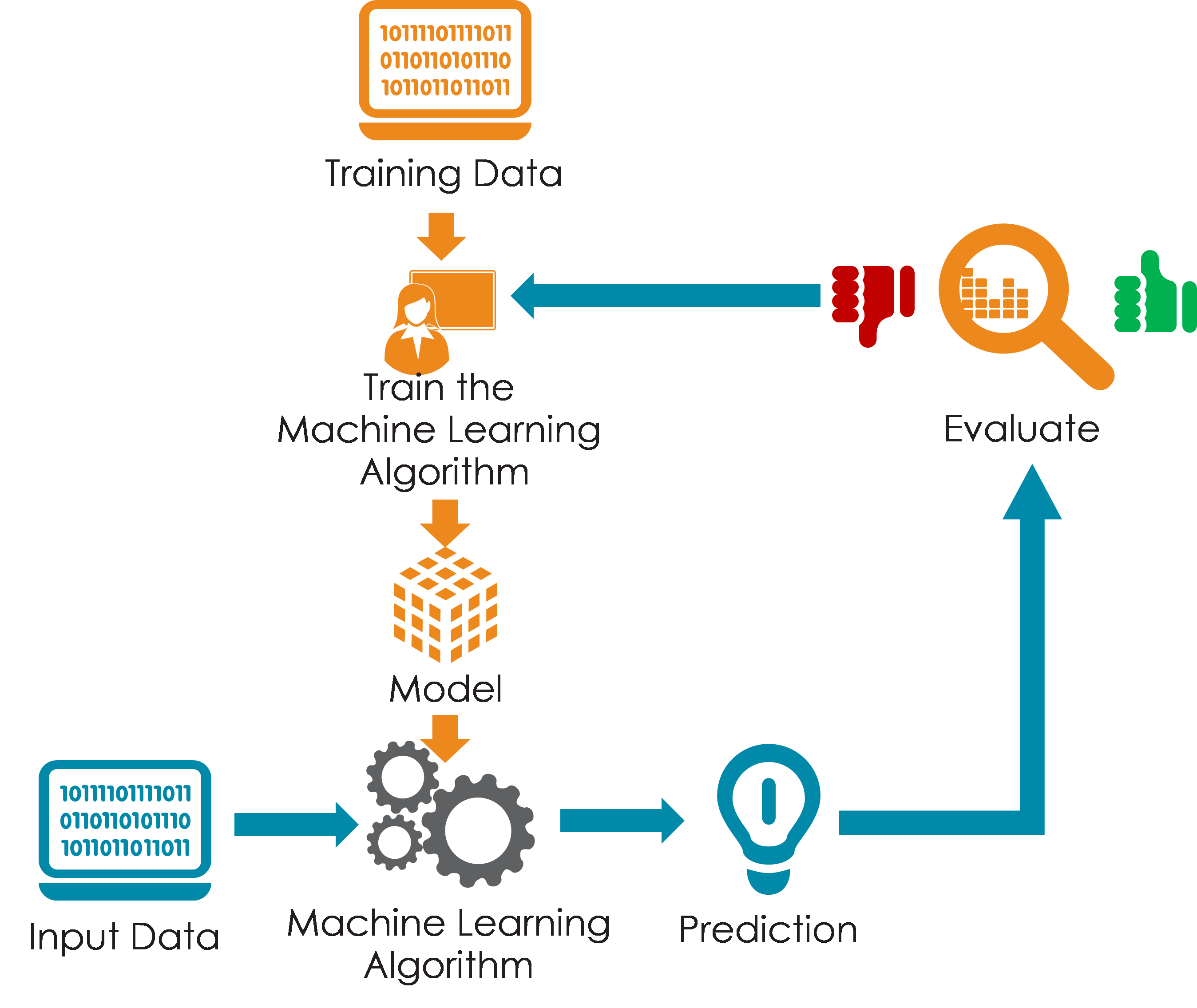Diabetes Prediction Using Machine Learning Presentation
| Introduction to Diabetes Prediction using Machine Learning | ||
|---|---|---|
| Diabetes is a chronic health condition affecting millions worldwide. Machine learning offers a promising approach to predict diabetes risk. Accurate prediction can enable early intervention and personalized treatment. | ||
| 1 | ||
| Understanding Diabetes and Risk Factors | ||
|---|---|---|
| Diabetes is characterized by high blood sugar levels and impaired insulin function. Risk factors include obesity, family history, sedentary lifestyle, and poor diet. Machine learning algorithms can analyze these factors to predict diabetes risk. | ||
| 2 | ||
| Data Collection and Feature Engineering | ||
|---|---|---|
| Collecting relevant data such as age, gender, BMI, blood pressure, and glucose levels. Feature engineering involves transforming raw data into meaningful features. Techniques like one-hot encoding, normalization, and feature selection are applied. | ||
| 3 | ||
| Choosing the Right Machine Learning Algorithm | ||
|---|---|---|
| Different algorithms such as logistic regression, decision trees, and support vector machines can be used. Ensemble methods like random forests and gradient boosting can improve prediction accuracy. The choice of algorithm depends on data characteristics and performance requirements. | ||
| 4 | ||
| Model Training and Evaluation | ||
|---|---|---|
| Splitting the dataset into training and testing sets for model training. Evaluating model performance using metrics like accuracy, precision, recall, and F1 score. Cross-validation techniques like k-fold cross-validation can provide more robust evaluation. | ||
| 5 | ||
| Hyperparameter Tuning for Improved Performance | ||
|---|---|---|
| Adjusting hyperparameters to optimize model performance. Techniques like grid search, random search, and Bayesian optimization can be used. Regularization techniques can prevent overfitting and improve generalization. | ||
| 6 | ||
| Deployment and Integration into Healthcare Systems | ||
|---|---|---|
| Deploying the trained model into healthcare systems for real-time prediction. Integration with Electronic Health Records (EHR) and wearable devices for data input. Ensuring data privacy, security, and compliance with regulatory standards. | ||
| 7 | ||
| Challenges and Limitations | ||
|---|---|---|
| Limited availability and quality of labeled diabetes datasets. Handling missing data and imbalanced classes. Interpretability of complex machine learning models. | ||
| 8 | ||
| Future Directions and Potential Impact | ||
|---|---|---|
| Advancements in deep learning and neural networks for diabetes prediction. Integration of genetic data and biomarkers for personalized risk assessment. Potential impact on preventive healthcare, early intervention, and treatment outcomes. | ||
| 9 | ||
| Conclusion | ||
|---|---|---|
| Machine learning offers a powerful tool for diabetes prediction. Accurate risk assessment can lead to early intervention and improved patient outcomes. Continued research and collaboration are needed to enhance the effectiveness of these models. | ||
| 10 | ||
| References (download PPTX file for details) | ||
|---|---|---|
| American Diabetes Association. (n.d.). Diabet... Kavakiotis, I., et al. (2017). Machine learni... Zhang, P., et al. (2017). Big data analytics ... |  | |
| 11 | ||









